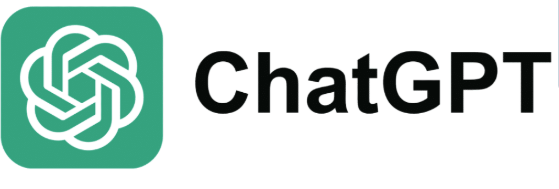With the rise of AI writing tools, many educators are asking: how to check if a student used ChatGPT? As ChatGPT becomes more sophisticated and accessible, it’s increasingly challenging to distinguish between student-generated work and content produced by AI. If you’re an educator, academic administrator, or simply curious about maintaining academic integrity, this guide will walk you through the latest strategies and details for detecting ChatGPT usage in student assignments.

Why Checking for ChatGPT Usage Matters
Ensuring that students submit original work is crucial for fair assessment and genuine learning. ChatGPT can generate essays, reports, and even creative writing with remarkable fluency, making it tempting for students to use it as a shortcut. By knowing how to check if a student used ChatGPT, you help cultivate honesty and critical thinking in the classroom.
How to Check if a Student Used ChatGPT: Step-by-Step Strategies

1. Use AI Content Detection Tools for ChatGPT
One of the most direct ways to check if a student used ChatGPT is by employing AI content detectors. Tools like Turnitin’s AI Writing Detection, GPTZero, and Copyleaks AI Content Detector are specifically designed to flag text that appears to be generated by ChatGPT or similar models.
How it works: Copy the student’s text and paste it into the detection tool.
What to look for: These tools analyze patterns, sentence structure, and predictability—traits often found in ChatGPT-generated content.
Pro Tip: No AI detector is 100% accurate. Always use these tools as a starting point, not the final verdict.
2. Analyze Writing Style and Consistency
Another practical method to check if a student used ChatGPT is by comparing the suspected work to their previous submissions.
Sudden improvement: If a student’s writing suddenly becomes more sophisticated or polished, it may warrant a closer look.
Voice and tone: ChatGPT tends to produce neutral, formal, and sometimes generic prose. Watch for a lack of personal anecdotes or inconsistent voice.
3. Look for ChatGPT-Specific Patterns
ChatGPT output often has subtle giveaways:
Overly detailed explanations: ChatGPT sometimes provides more information than the prompt requires.
Repetitive phrasing: AI-generated text can repeat certain phrases or structures.
Unusual citations or made-up sources: ChatGPT may invent references that don’t actually exist.
4. Directly Engage the Student
If you suspect ChatGPT was used, consider having a conversation with the student:
Ask about their process: Genuine understanding is usually reflected in how a student discusses their work.
Request a verbal summary: If a student struggles to explain their own writing, it could indicate reliance on ChatGPT.
5. Assign In-Class or Oral Assessments
To reduce the risk of ChatGPT usage, try incorporating more in-person or real-time assessments. Comparing in-class work to take-home assignments can reveal inconsistencies that suggest ChatGPT involvement.
Limitations of Checking for ChatGPT Usage
While these strategies can help, it’s important to recognize the limits. ChatGPT is evolving rapidly, and so are detection tools. False positives and negatives can occur, so always approach the situation with care and fairness.
Best Practices for Preventing ChatGPT Misuse

Educate students about the ethical use of AI and the importance of original work.
Design assignments that require personal reflection, unique perspectives, or real-world application—areas where ChatGPT is less effective.
Stay updated on the latest ChatGPT detection tools and classroom strategies.
Final Thoughts
Learning how to check if a student used ChatGPT is becoming an essential skill for educators in the digital age. By combining technology with keen observation and open communication, you can uphold academic standards while supporting student growth. Remember, the goal is not just to catch misuse, but to foster a culture of integrity and authentic learning.
